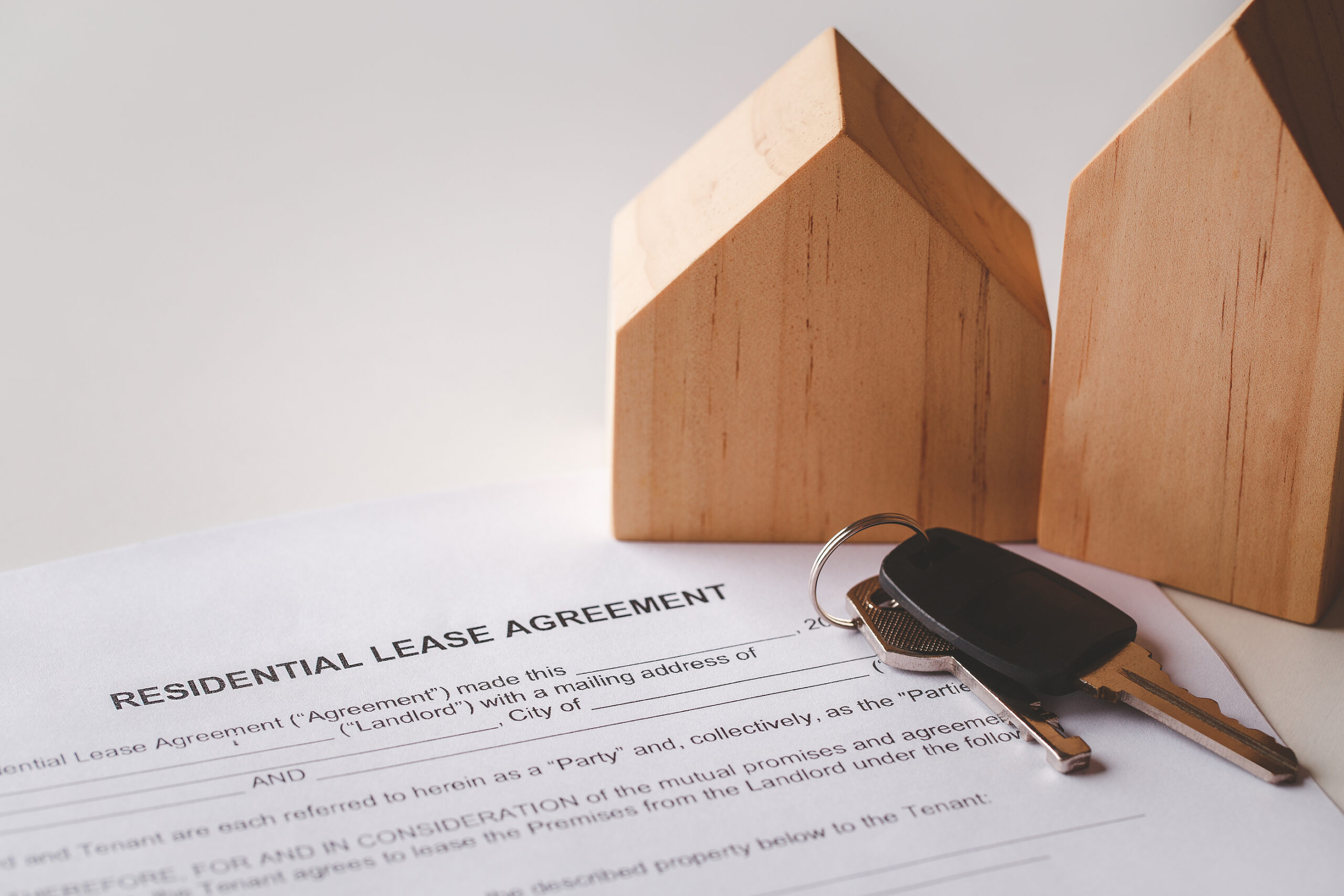Does Your Lease Agreement Include These 11 Key Pieces of Information?

Whether you’re a landlord or a tenant in New York State, a well-drafted lease agreement is essential to protect the rights and obligations of all parties involved.
A lease agreement is a legally binding contract that outlines the terms and conditions of the rental agreement between the landlord and tenant. Below please find eleven (11) best practices to include in a lease agreement in New York State.
1. Names and Addresses of Landlord and Tenant
You may be asking yourself, “Why even bother mentioning this?” Presumably, the landlord knows where the tenant is—at least during business hours if the tenant is a commercial tenant. The tenant should know where and how to pay the landlord the rent each month. Both parties likely have the other on speed dial in the event repairs and/or maintenance need to be done.
The reason the names and addresses of both parties must be clearly listed is in the event of a dispute.
Let’s say you’re the landlord of a commercial property. The tenant skips out on rent for a few months. You try reaching the tenant. You call. You text. You email. You send the tenant certified letters. The tenant is unresponsive.
You go to the property. Upon arrival, you see the lights aren’t on inside. You look through one of the front windows. Aside from some random pieces of furniture, the property appears abandoned.
Given that the >carrying costs to the property aren’t cheap<, you decide to pursue legal action for unpaid rent and property damage. If you don’t have a mailing address for the tenant, you won’t be able to track him/her down.
Pro Tip: If this is a residential property and your tenant lists your rental property as his/her mailing address, make sure to get a photocopy of the tenant’s driver’s license. This will ensure that you have a prior mailing address that either a process server or a private investigator can utilize to track the tenant down. This will make service of legal papers easier for you in the event of a breach of the lease.
2.Rental Property Address
As above, so below. If your lease doesn’t clearly state the address of the rental property, then recovering damages from your landlord or tenant may be incredibly difficult. Clearly stating where the rental property is located leaves nothing open to interpretation in the eyes of a judge or a jury.
3. Lease Term
The lease term is the duration that the tenancy is to take place. The lease agreement should specify the start and end dates of the lease term. A lease can be a “fixed term” lease or a “month-to-month” lease.
If the lease is a fixed-term lease, it should state the length of the lease term. Tenancies without a lease term are considered “month-to-month.” Landlords and tenants typically owe fewer obligations to each other in month-to-month situations than they do under fixed-term leases.
4. Rent and Payment
The lease agreement should state the amount of rent due each month, the payment due date, and the payment method. It should also include information about late fees and bounced check fees. Covering these bases insures neither party is surprised when an additional fee is added to the rental arrear amount.
5. Security Deposit
The lease agreement should clearly specify the amount of the security deposit, the purpose of the security deposit, and the conditions for refunding the security deposit. It should also state the timeframe for returning the security deposit after the tenant moves out. This clause is important to both the landlord and the tenant. For the landlord, it insures that damage beyond “ordinary wear-and-tear” is at least partially covered. For the tenant, this clause should include what sorts of property damage will result in a reduction in the security deposit returned back to them at the end of the lease term.
6. Maintenance and Repairs
One of the most common issues between landlords and tenants is who is responsible for what repairs. The lease agreement should clearly outline both the landlord’s and the tenant’s responsibilities for maintenance and repairs. It should state the procedures for reporting and resolving maintenance issues. This includes but is not limited to reasonable timeframes that the tenant has to report a maintenance issue, as well as reasonable timeframes for either the landlord or tenant to cure same.
7. Utilities and Services
The lease agreement should specify which utilities and services the landlord will provide and which utilities and services are the tenant’s responsibility. Clearly delineating who is responsible for what will save a lot of headaches for both parties.
8. Occupancy and Use
The lease agreement should clearly state the number of occupants allowed in the rental unit, and any restrictions on the use of the rental unit. If you’re a landlord, and your rental property is zoned as a “residential property,” you should include a sentence in this portion of the lease stating that the tenant(s) is not to conduct his/her business at the premises. Since a fully executed lease is legally binding, the tenant will be liable to the landlord for damages in the event he/she breached this portion of the lease.
9. Pets
The lease agreement should clearly state whether pets are allowed and any restrictions on the size, breed, or number of pets allowed. It should also state any pet-related fees or deposits.
10. Subleasing
The lease agreement should clearly state whether subleasing is allowed, and whether there are any restrictions on subleasing. This is extremely important for both the landlord and the tenant to consider.
If the tenant falls on hard times, or if the tenant needs to move out of the area, knowing whether he/she has the option to sublet his/her tenancy, as well as any requirements for doing so, are pivotal to a prospective tenant’s decision to enter into the lease in the first place. For landlords, setting ground rules for whether the tenant can sublet his/her tenancy, and what sorts of information will be required ahead of authorizing same, protect the landlord throughout the term of the tenancy.
11. Termination
The lease agreement should outline the procedures for terminating the lease early, including any fees or penalties for early termination. It should also state the procedures for renewing or for extending the lease. As is the case with all previous clauses referenced in this article, this lease section is critically important to both landlords and tenants.
In conclusion, a lease agreement is an important document that protects the landlord’s and tenant’s rights and obligations. Including these best practices in a lease agreement in New York State can help prevent disputes and provide clarity for both parties. It’s recommended that you consult with an attorney to ensure any lease agreement complies with New York State laws and regulations.
Pete Weintraub is a business and real estate attorney. He handles the transactional department at Esagoff Law Group, P.C. For more information, call 516-304-5944.


Comments (0)